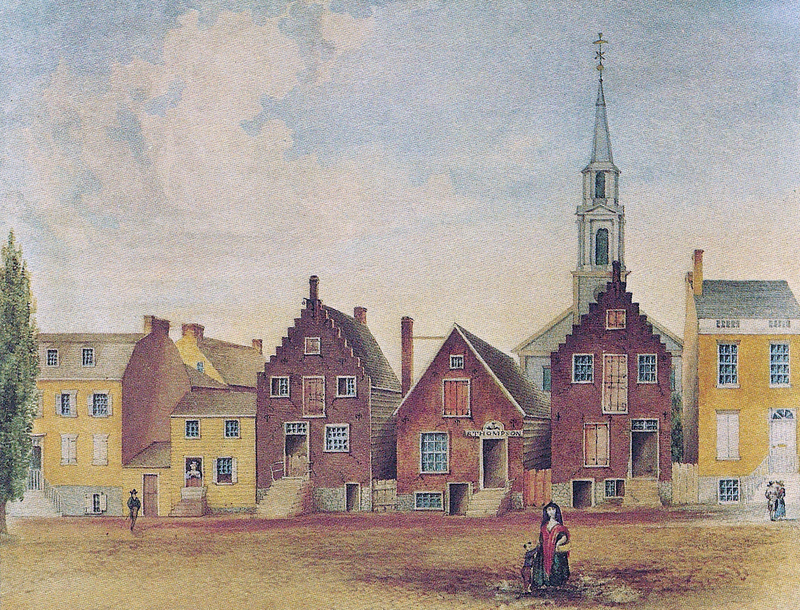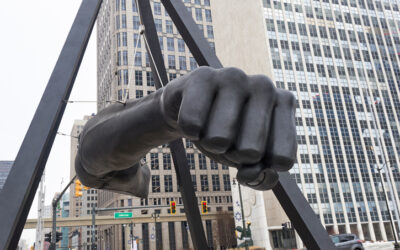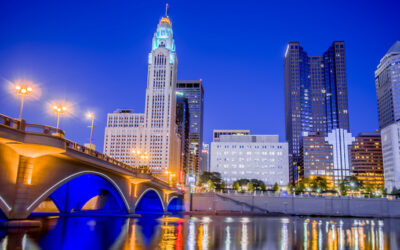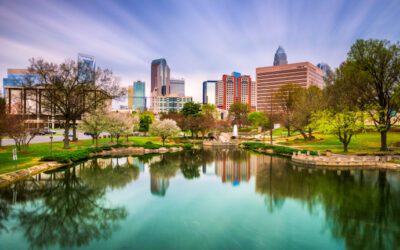Some regions of the country are known for unique dialects. Boston’s unique New England speech drops R’s and adds sharp vowel sounds. New York City’s boroughs each have their own unique and recognizable accents. Roughly between these two major cities lies Albany, New York and the Capital District.
To downstate residents — those who live closer to New York City, which is about 150 miles to the south —Albany residents sound like rural “appleknockers”. But, the Albany is slight and doesn’t impede a newcomer’s ability to understand the local dialect or fit in. The real potential for confusion lies in the odd spellings and pronunciations of locations, rivers, roads and more.
Right Off the Bat, Many Say the City’s Name Incorrectly
If you’ve never heard of Albany — and many people have no idea that the capital of New York State is not New York City — you may pronounce it with a short “L” sound. As in Al or alimony. This capital city has a long “L.” So, practice calling the city ALLbany, and rhyme it with SMALLbany — one of the city’s nicknames. As far as local pronunciation tricks go, we are just getting started.
Albany’s Dutch Heritage Makes for Tricky Names and Pronunciations
As the capital of New York state, Albany has a rich heritage that stretches back to the 1600s. Back then, the area was controlled by the Dutch. Several street names in the city and surrounding towns reflect this dutch heritage. The original name of the city was Beverwyck, pronounced Beh Ver Wick, which is Dutch for “beaver town,” since it served as a major new world fur trading post. Although the city was renamed, you’ll still see references to the old Dutch moniker in parks, streets and some buildings.
More difficult Dutch-inspired local area names include:
- Watervliet. This city to the north of Albany is pronounced Water Vuh Leet. Vliet is Dutch for a flowing body of water.
- Schuylerville. This Saratoga County town is about 20 miles north of Albany but shares a rich history and Dutch roots. The city was named after Pieter Schuyler, the first mayor of Albany, who also happened to be Dutch. The town is pronounced Sky Ler Vill.
- Hannacrois Creek. This tributary in western Albany county translates to “rooster crossing” in old Dutch. Local lore states that an early settler witnessed a rooster swimming across the creek and the name stuck. Pronunciation leans towards French here, as Hanna Croy.
Native American Name Roots Also Add Complexity
Although Dutch names permeate throughout the entire Capital District, the area’s ties to native tribes also influence some of the area’s tongue-twisters. The area was long a hotbed of activity for Iroquois and Mohawk peoples, and some areas retained traditional names, including:
- Cohoes. This city at the northern end of Albany county was a major hub in the American textile industry. Home to the Cohoes Falls, the second largest waterfall in the state, the name comes from the Mohawk term for “place of the falling canoe.” It’s pronounced Co Hose.
- Schenectady. Oh, poor Schenectady. Its name is a mouthful and is so often the brunt of jokes in New York City and elsewhere that it even earns Smallbany’s pity. Pronounce this city to the west of Albany Skuh Neck Ta Dee, and you won’t turn any heads.
Albany Area Locals Have Subtle Accents
Besides some foreign-sounding location names, most people say native Albanians have a neutral accent, with a few exceptions. Expect to here “off” pronounces as Awf, and this is one of those towns where you call your mother’s sister your Ant, not Ahnt. Also, some say that Albany residents place a strong accent on the ending two syllables of elementary and documentary.
If you want to get a feel for an authentic Albany dialect, check out Meryl Streep in 1988’s Ironweed, a great film set in Albany during the Great Depression. Roger Ebert called Streep’s voice in the movie an “amalgam of high-class breeding and low-class usage.”
Don’t fret, though. Time has erased the linguistic rough edges of the city and its surroundings. If you are moving to Albany, look out for a few tricky town and street names, and just remember that the city has it “all.”



